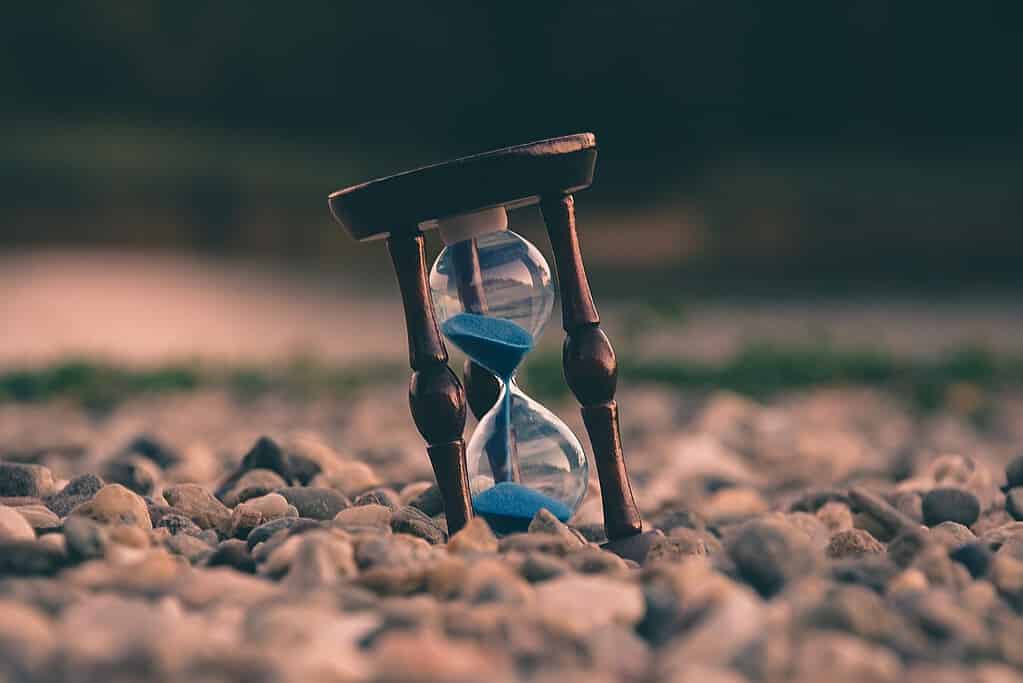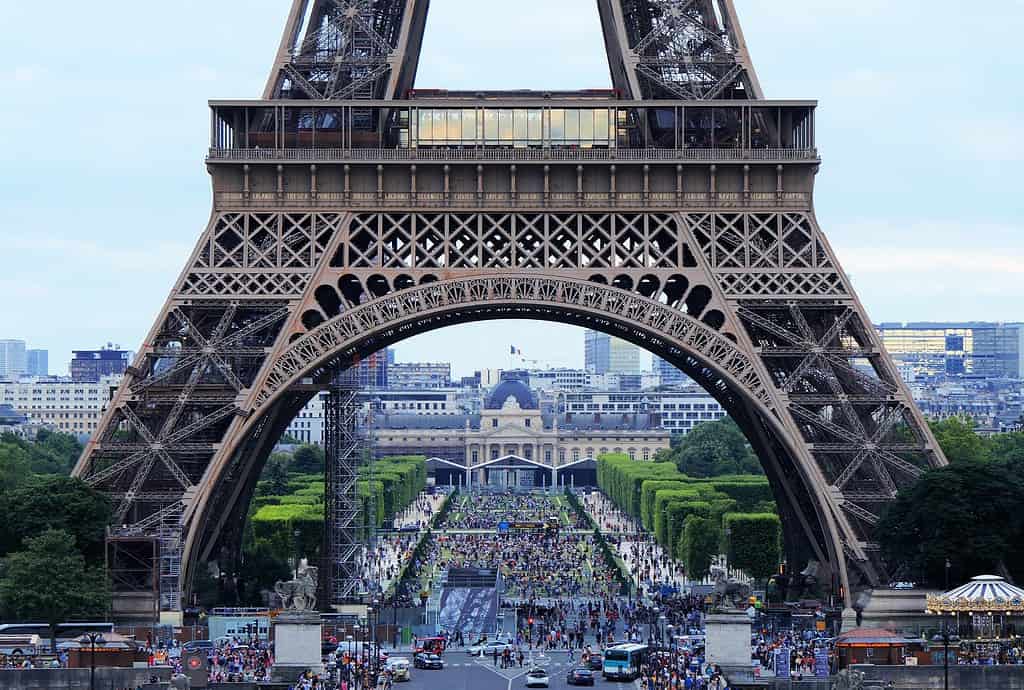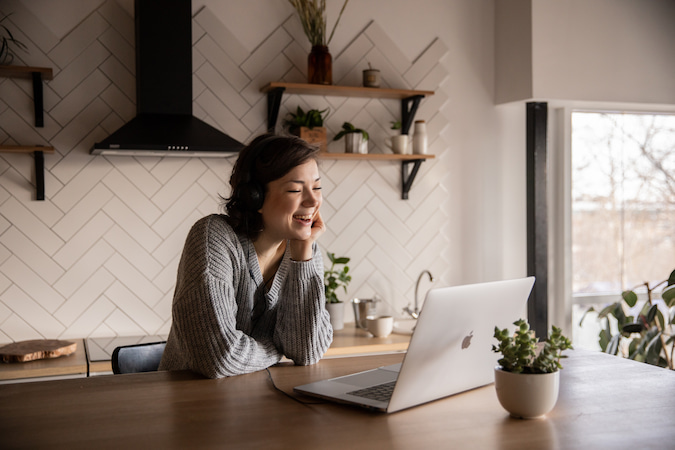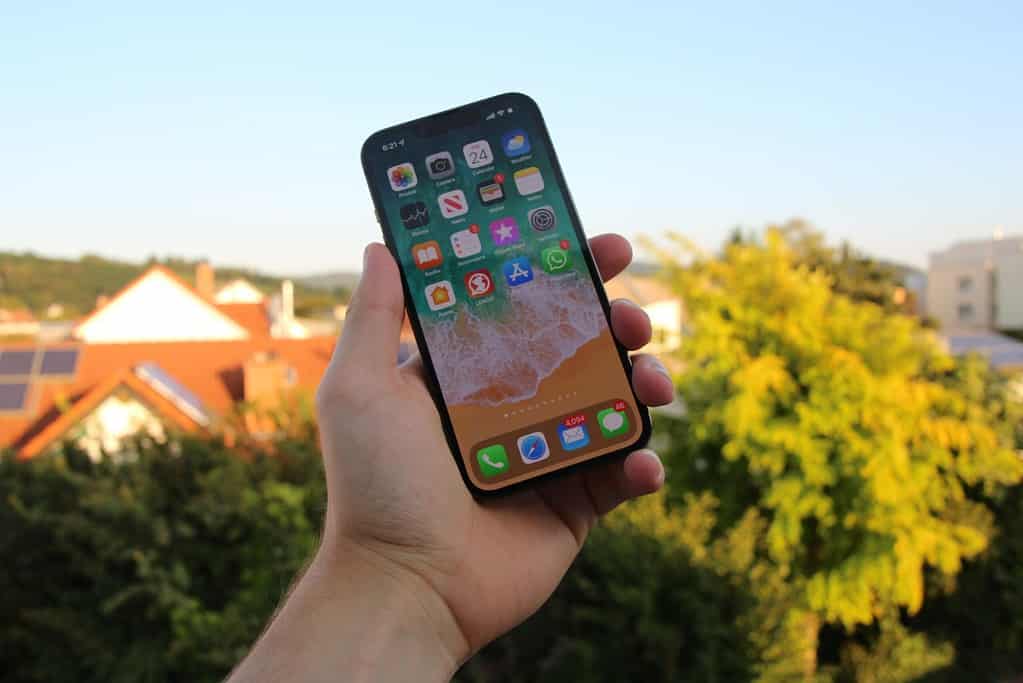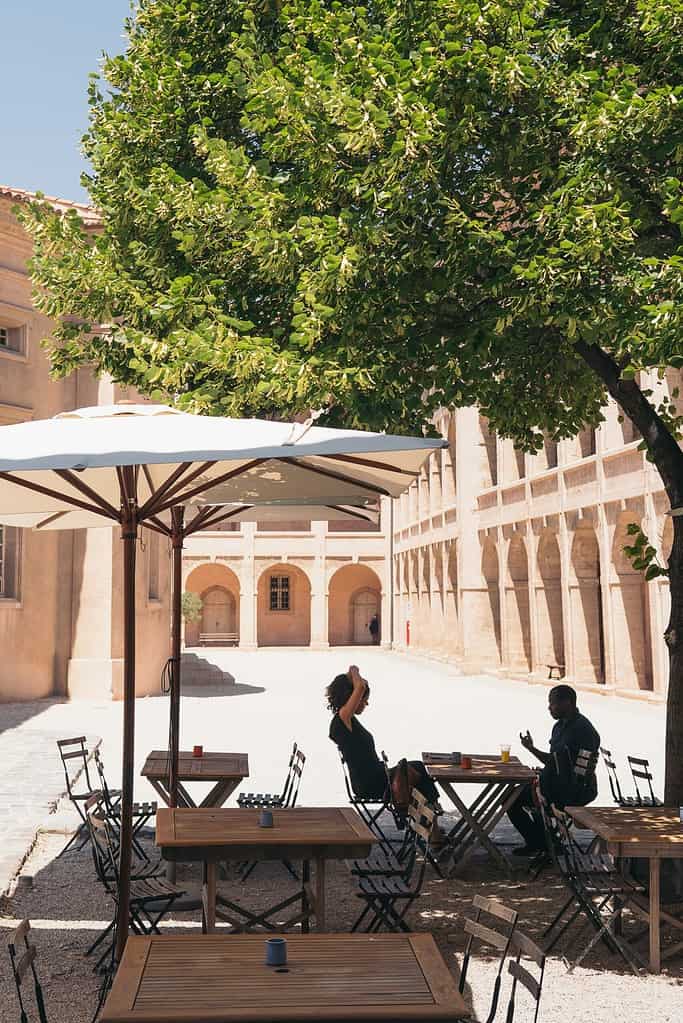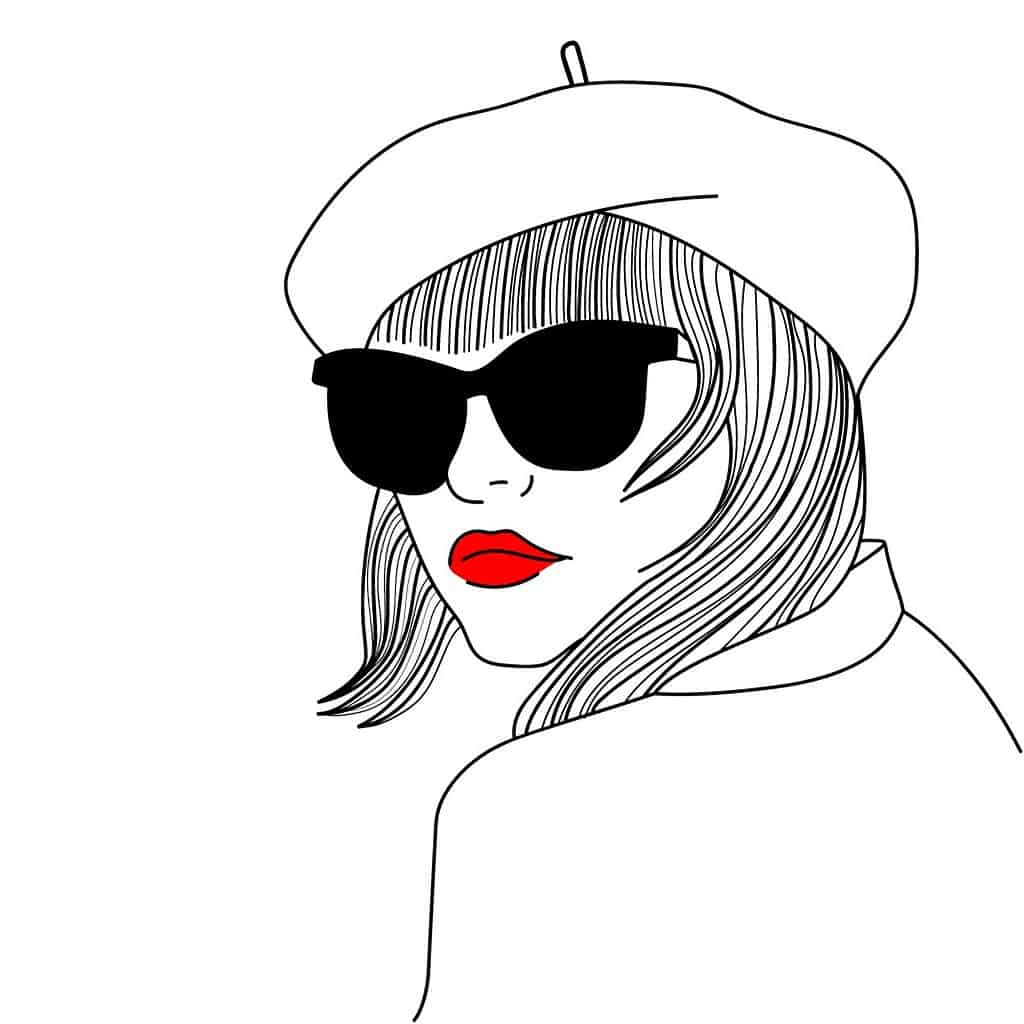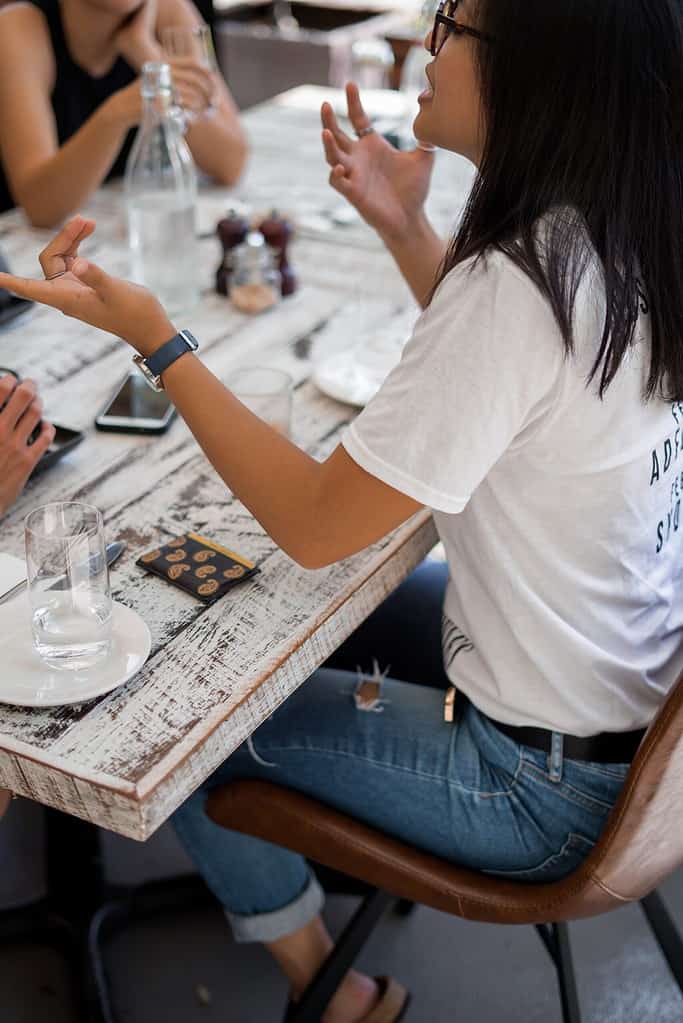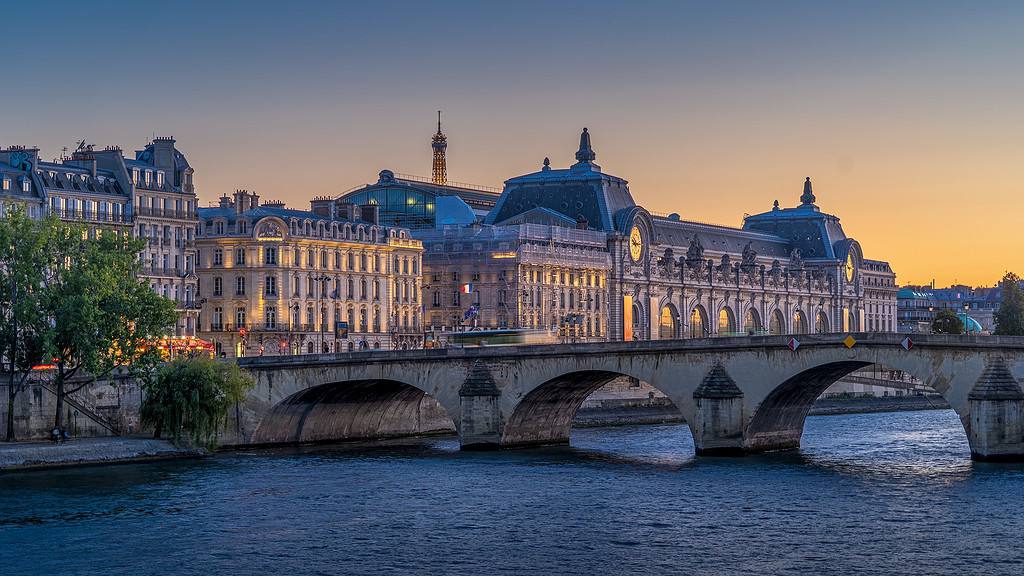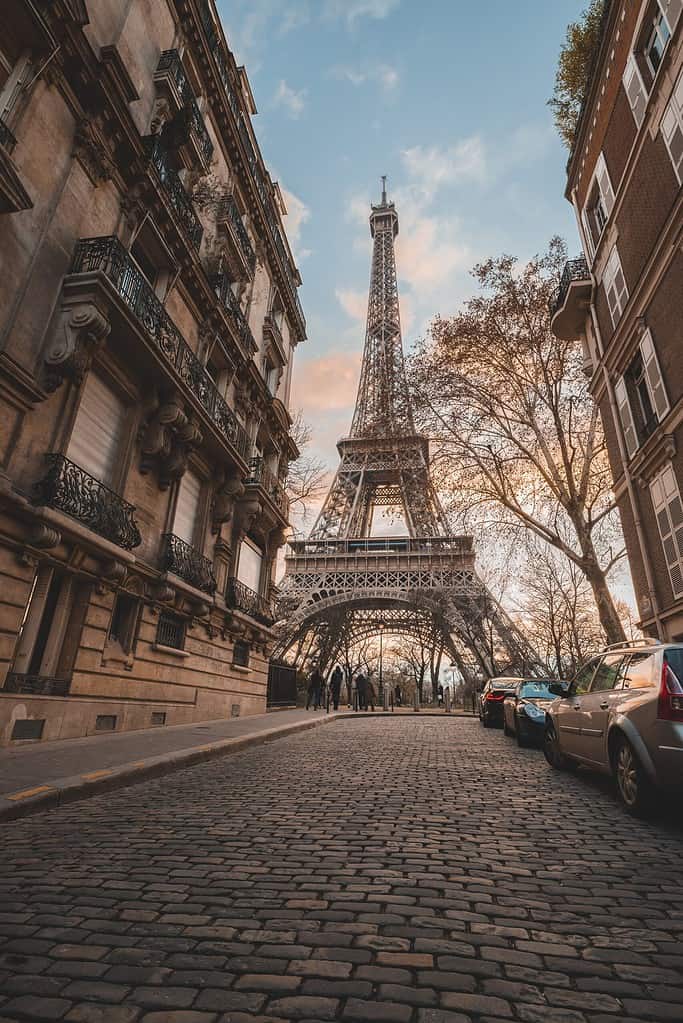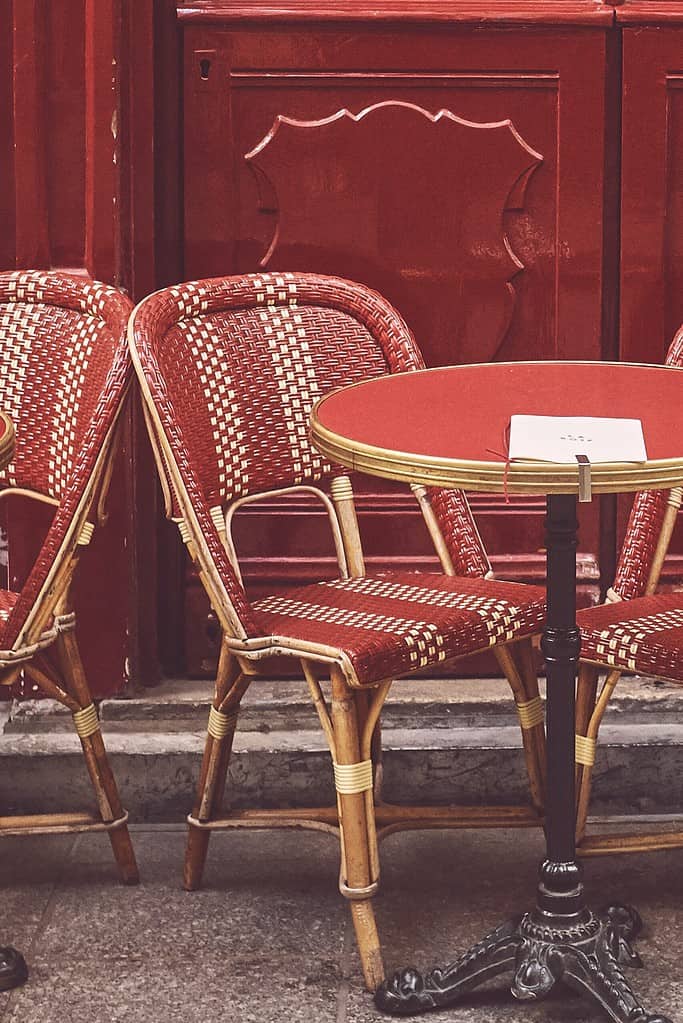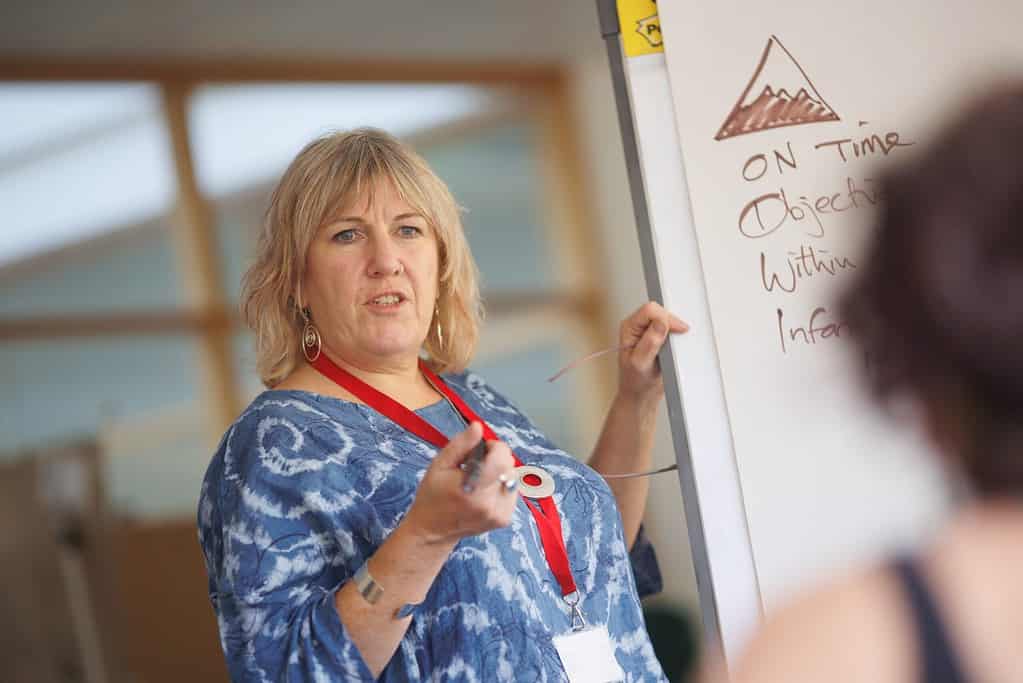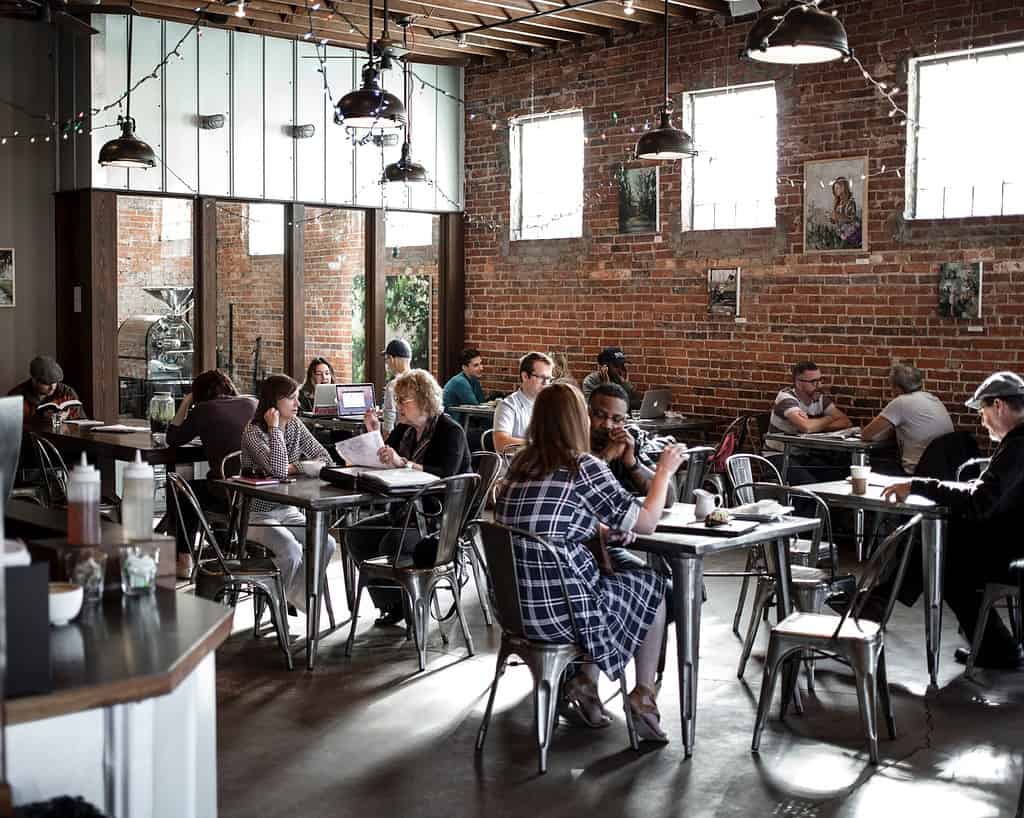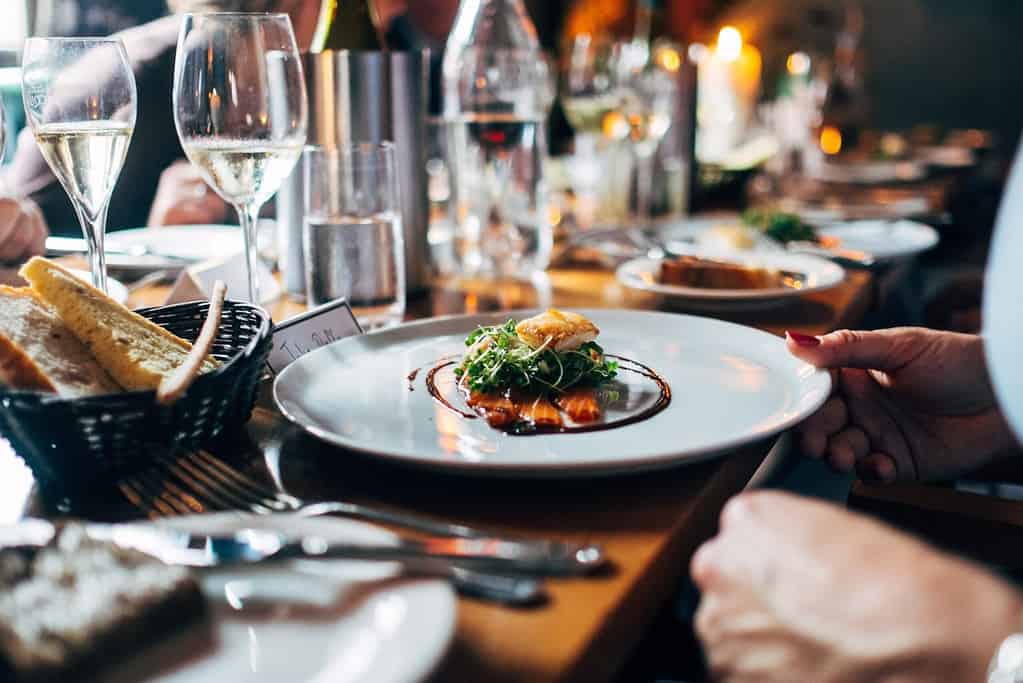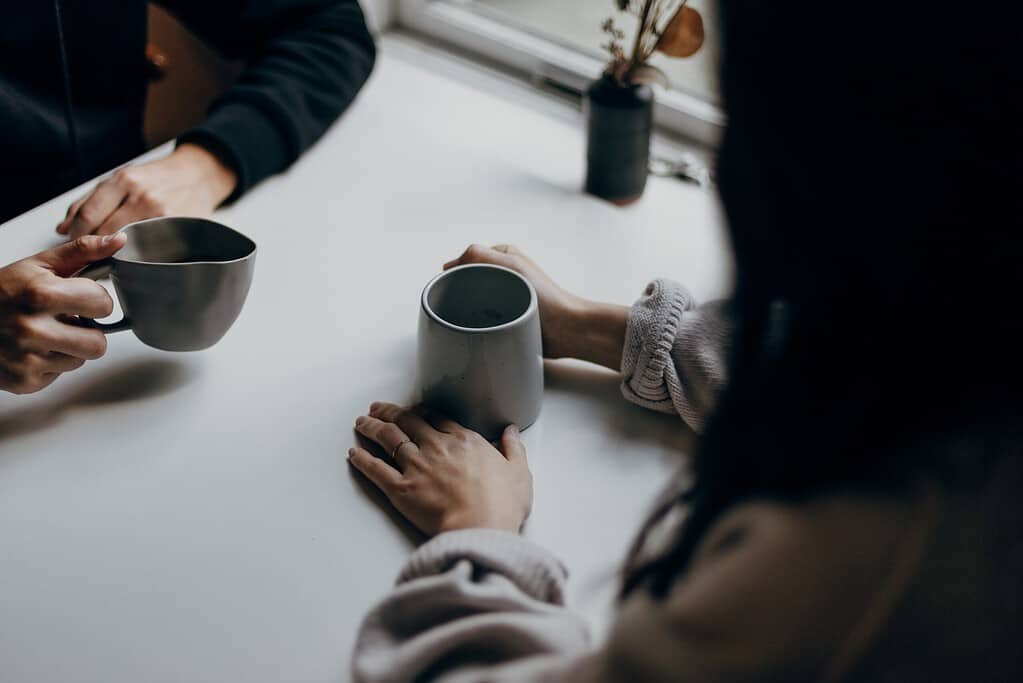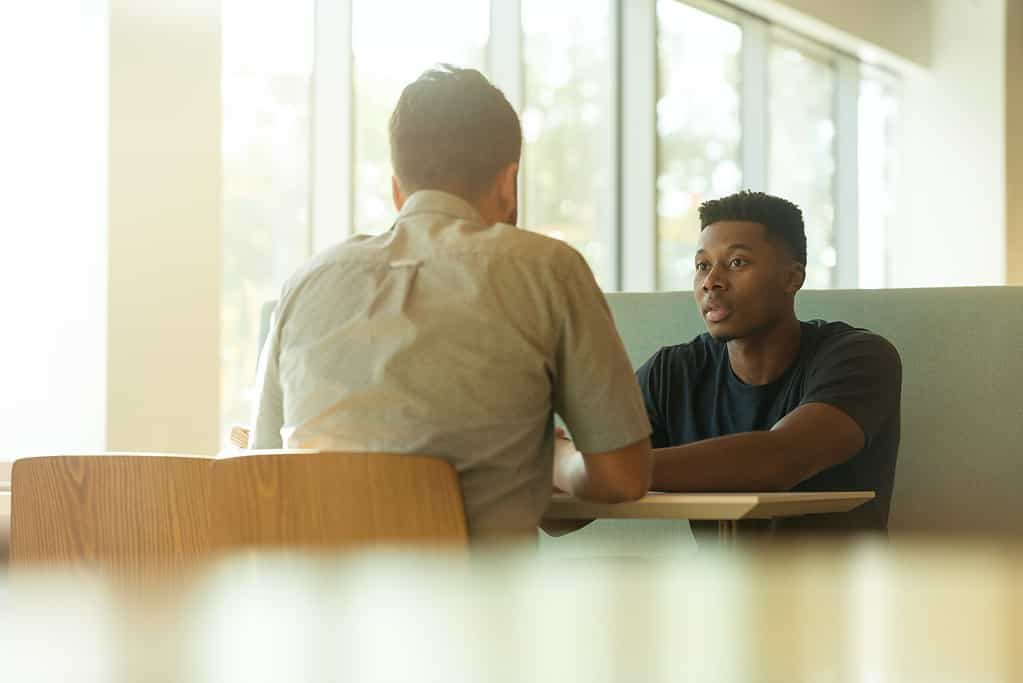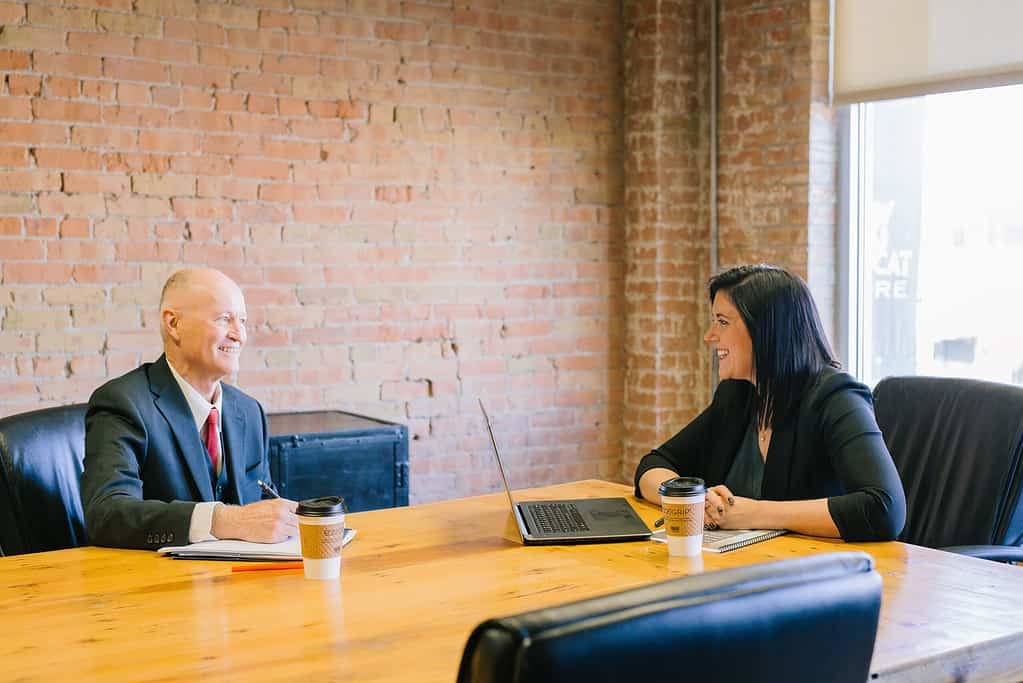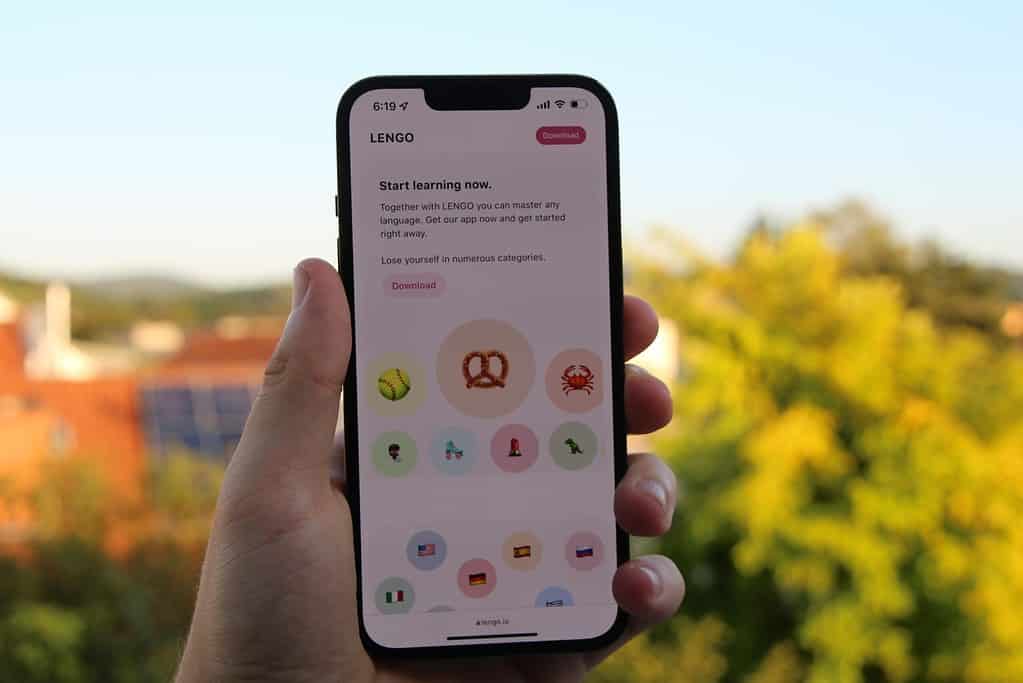If you’re an English speaker eager to master French, you might be surprised to learn that photography is not only about snapping pretty pictures—it can be a gateway to immersive language learning. By combining visual art with language practice, you create powerful memory anchors and contextual clues that boost vocabulary retention and cultural understanding. Platforms like swaplang offer a supportive space for language learners, and integrating photography into your French studies is an exciting, creative way to enrich your learning journey.
Why Photography Enhances Language Learning
It turns out that our brains love pictures. Psychological research such as the Dual-coding theory shows that we encode visual and verbal information along different channels. This means that when you capture a scene with your camera and then attach a French description or label, you’re engaging both visual memory and vocabulary. In addition, the picture superiority effect suggests that images are more likely to be recalled than words alone. Visual statistical learning, evidenced by neurological studies, demonstrates that even subtle visual patterns can aid in natural language acquisition. And, researchers have found that bilingual learners may benefit from visual cues as much as or even more than monolinguals (Multi-Pattern Visual Statistical Learning). In short, photography turns abstract vocabulary into tangible memories that stick with you long after you’ve put your camera down.
Techniques for Using Photography in French Learning
Let’s get practical. First, carry a camera or use your smartphone to document your surroundings. Every time you take a picture, challenge yourself to think of the French vocabulary associated with the scene. Is it a café bustling with locals, a château hiding in the countryside, or even a street scene where fashion meets art? Label your photos with French words, phrases, or even short sentences. You might say, “Voici un charmant café parisien” to describe a quaint coffee shop. Digital tools can further help; for instance, using a free photo journal app in tandem with swaplang’s conversation practice sessions can help you recount your visual adventures. For another creative twist, consider combining photography with other learning mediums such as digital storytelling—a technique that blends images with narrative to enhance both writing and speaking skills. If you’re intrigued by multisensory language resources, you might appreciate how this photography approach to French learning builds a bridge between visual cues and spoken fluency.
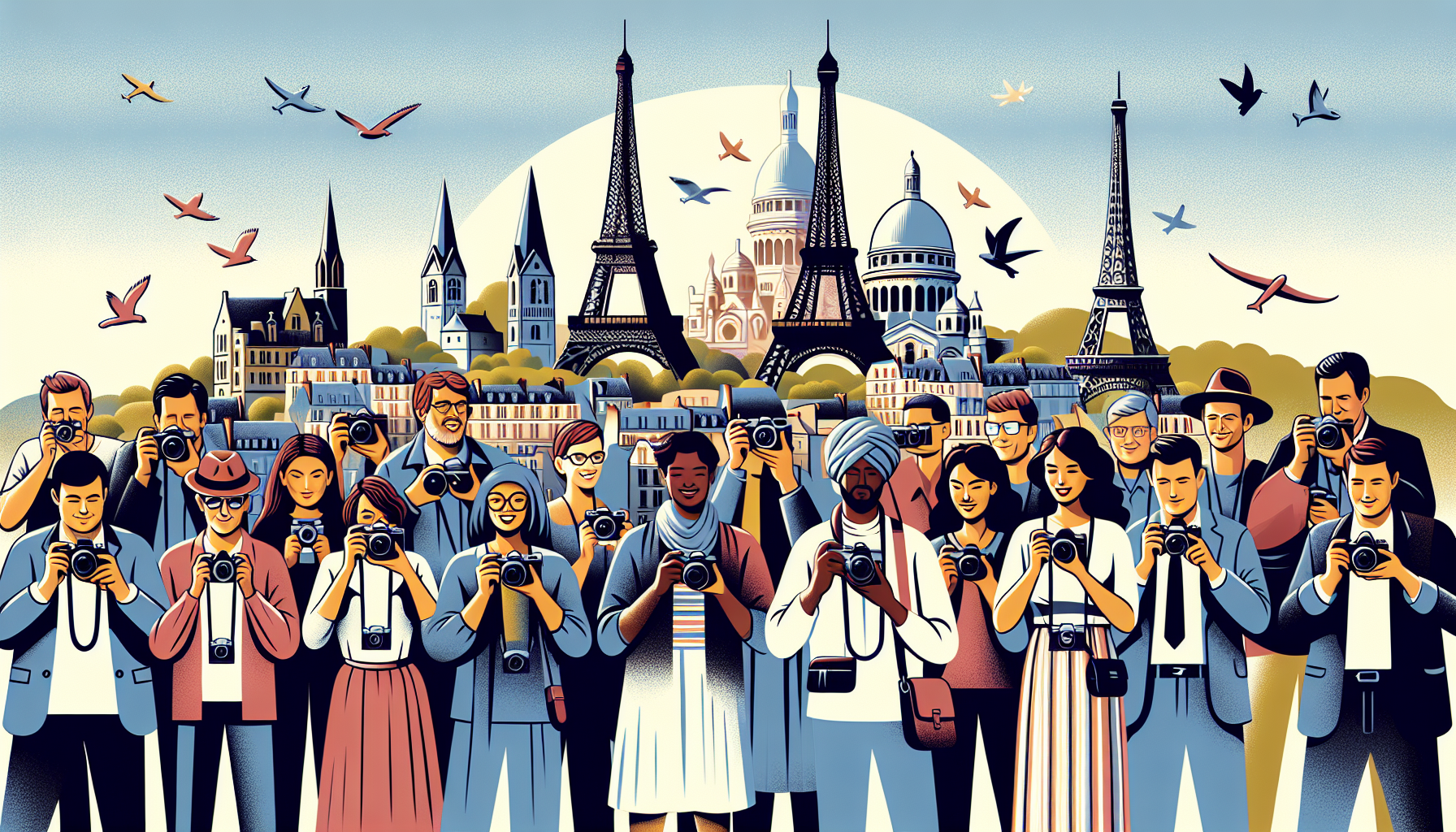
Capturing French Culture: What to Focus On
When you venture out with your camera in France (or in your local neighborhood if you’re recreating a French ambiance), pay close attention to cultural landmarks and everyday scenes that tell the story of a place. The charm of Paris is not only in its famous monuments like the Eiffel Tower, but also in the small moments—a baker kneading dough, an elderly man reading the newspaper, or the vibrant colors of a street market. Try capturing images that showcase typical French elements: outdoor cafés, art nouveau architecture, colorful local markets, and even street art. These photos help you collect context-rich vocabulary, ranging from basic words like la boulangerie (bakery) to more nuanced expressions describing local life. Remember, the goal isn’t just aesthetic appeal but also capturing the pulse of the culture, thereby reinforcing your learning by linking words directly to authentic experiences.
Building Vocabulary Through Visuals
Every snapshot you take is an opportunity to build a personal French dictionary. Start by creating a photo diary where each picture is accompanied by a detailed caption in French. Over time, you’ll notice patterns—if you often photograph urban landscapes, you’ll naturally accumulate vocabulary related to architecture and city life; if nature is your muse, words like la forêt (forest) or la rivière (river) will become second nature. Studies in visual statistical learning imply that our ability to associate words with images enhances our natural language ability (Visual statistical learning in adults). The process of annotation encourages active recall and engages multiple parts of your brain, making it easier to remember and use new phrases in conversation. This method of learning by visual association is supported by the idea of dual-coding and the picture superiority effect. As you continue your visual diary, you can challenge yourself by mixing in adjectives, verbs, and even idiomatic expressions that reflect the vibrancy of French culture.
Success Stories: Learners Who Mastered French via Photography
The evidence for photography as a powerful learning tool isn’t just theoretical—it’s backed by inspiring success stories. Many language learners report breakthroughs when they combine visual documentation with vocabulary expansion. Take Marie, for example, who began her French journey by photographing the charming streets of her hometown and pairing each image with descriptive French notes. Over time, she found that the context provided by her photos made the vocabulary stick, and she could recall not only the words but also the cultural nuances behind them. Similarly, James used his smartphone to capture urban graffiti and local murals, which sparked in-depth conversations during his swaplang sessions with native French speakers. His hands-on approach, enriched by visual cues, transformed his language practice sessions into dynamic cultural exchanges and led him to conversational confidence. These learners, among many others, demonstrate how pairing photography with structured language exercises can yield measurable improvements in fluency and confidence.
If you’re ready to explore the vibrant intersection of visual art and language learning, consider broadening your cultural exposure by reading French culinary stories and practicing interactive conversation on swaplang, a platform designed to help you speak French faster. The power of imagery, when combined with real-life language practice, can truly transform your learning experience.
Inspired by the creative process and eager to infuse your French learning journey with practical, visual excitement? Sign up for a free trial at swaplang today and discover a new world of French conversation, culture, and community!
